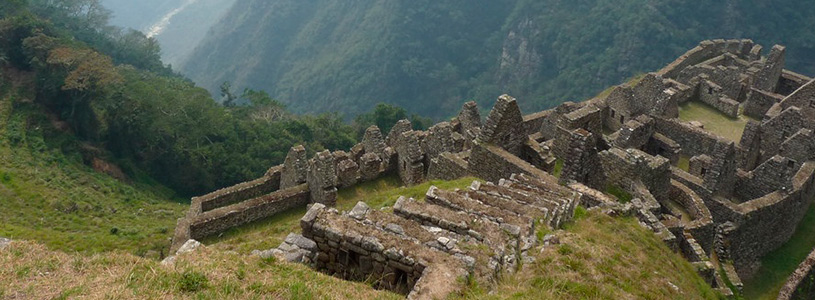
The best Art of the Inca Empire
The best art of the Inca Empire
The Spanish troops that conquered South America in the 15th Century, leaded by Francisco Pizarro, destroyed the main monuments and objects of the incas. They did it either for monetary gain or religious reasons, but luckily enough examples survived. This legacy is a testimony to the magnificent art they had and also a treasure for historians to know more about that mysterious civilization.
ARCHITECTURE
The most important legacy of the Incas is architecture, as they were great constructors. Their extraordinary ability to build monuments without any kind of concrete material is visible in Machu Picchu, considered one of the Seven Wonders of the World, and a World Heritage Site by UNESCO. Although it is located only 50 miles from Cusco, the conquerors didn’t find it and it survived all these years.
While stone was more common in the Andes, visitors can see ruins made by adobe walls in the coast. The typical shape is trapezoid and their structures used to be rectangular.
One of the most interesting details of inca architecture is their connection to agriculture. They created terraces to have more land for cultivating, as their lands used to have mountains.
They also created their own road system; they built rope bridges, roads and rest houses. Unfortunately most of them have disappeared already, but there is for example a route to Machu Picchu that today still exists.
TEXTILES
There are some textile remains from the Incas that have survived, and there are also some details about other types of clothes that they made, that were drawn and explained by Spanish conquerors on their chronicles. Textiles were considered their best treasure, even more than precious metals. They used them as gifts for the visitors, and these cloths meant wealth and status.
CERAMICS AND SCULPTURES
Ceramics in the Inca Empire had a very significant production, as they developed sophisticated techniques for massive productions. The typical Inca ceramics had geometric shapes and tones like brown and orange.
Inca pottery used natural clay but they added other materials as mica, sand, pulverised rock or others, to prevent the pieces from cracking during the firing process.
The Incas made many sculptures out of silver, gold and other precious metals. We can find jewellery, ceremonial knives, discs and everyday objects.
Some of these pieces can be found in the Inka Museum in Cusco, the Museum of Aborigen Cultures in Cuenca or the Museum of Art of Lima.
Leave a Comment